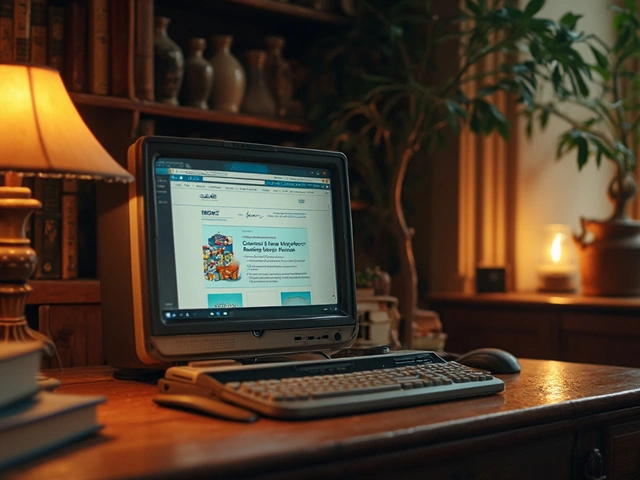MapleLeafMeds.com Alternatives in 2025: Top 6 Picks for Budget-Friendly Prescriptions
February 28 2025ECT (Electroconvulsive Therapy) — A Practical Guide for Patients and Families
ECT sounds scary until you know what actually happens. If someone you care about is being offered ECT for severe depression, bipolar disorder, catatonia, or life‑threatening suicidality, this quick guide gives real, usable facts so you know what to ask and expect.
How ECT works and what to expect
ECT is a short procedure done under anesthesia. A brief electrical pulse triggers a controlled seizure while you're asleep. Each session takes 5–10 minutes, but plan for a few hours at the clinic for prep and recovery. Most courses are 6–12 treatments given two or three times a week.
Common immediate effects: grogginess, headache, and short-term memory gaps (usually around the treatment window). Many people notice mood improvement after several sessions. The goal is fast relief when medications haven’t worked or when symptoms are dangerous.
Ask the team these practical questions: Who will give the anesthesia? How is the seizure monitored? Will someone test memory during the course? How many sessions do you recommend and what are the success rates for this diagnosis? A good clinic will welcome those questions and explain monitoring and follow-up.
Medications, risks, and real tips
Certain meds can change how well ECT works. Benzodiazepines (like lorazepam) and some anticonvulsants can make it harder to reach an effective seizure, so doctors often lower or pause them before sessions. Lithium can increase confusion after treatment in some people — your team will decide whether to adjust it. Most antidepressants and antipsychotics usually continue, but always check with the psychiatrist and anesthesiologist.
Risks are real but generally manageable. Short‑term memory loss around the treatment time is common; lasting major memory loss is less common when modern techniques are used. Other risks include anesthesia reactions and temporary confusion. Clinics use EEG and other monitoring to keep the seizure safe and brief.
Practical tips: bring a companion to drive you home (you’ll be groggy), bring simple notes if memory is poor, and track mood changes so you can show the team progress. Keep a list of every medication, dose, and supplement — even herbal products can matter.
If you’re worried about alternatives, ask about transcranial magnetic stimulation (rTMS), new medication strategies, and psychotherapy options. For urgent cases, ECT can be lifesaving and works faster than many meds.
Pick a center with experience, clear consent forms, and a multidisciplinary team (psychiatrist, anesthesiologist, nurse). If something feels off — unclear risks, rushed explanations, or no follow-up plan — get a second opinion. ECT isn’t right for everyone, but for many people it’s a fast, effective option when other treatments fail.
Want more details or clinic questions to print and bring in? Search our site for patient checklists and clinic comparison tips or ask your care team for written answers before you sign consent.
 23 Feb
23 Feb
Dosulepin and ECT: Unpacking Potential Interactions
Exploring the interaction between Dosulepin, a traditional antidepressant, and Electroconvulsive Therapy (ECT), a significant treatment for severe depression. Learn about the ways these treatments might affect each other, their use in psychiatry, and things to consider before combining them. This article aims to simplify and clarify the complexities for better patient care.
Read More...



